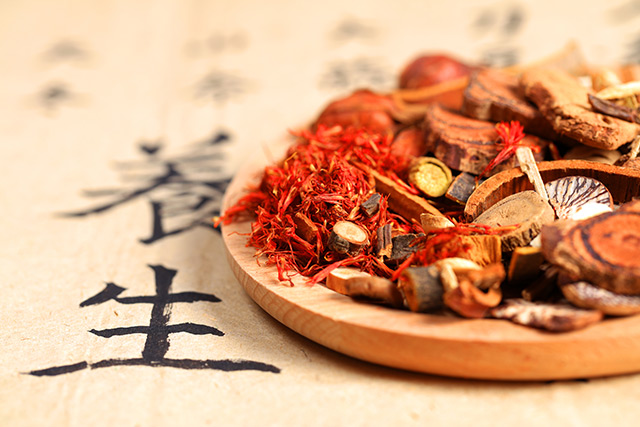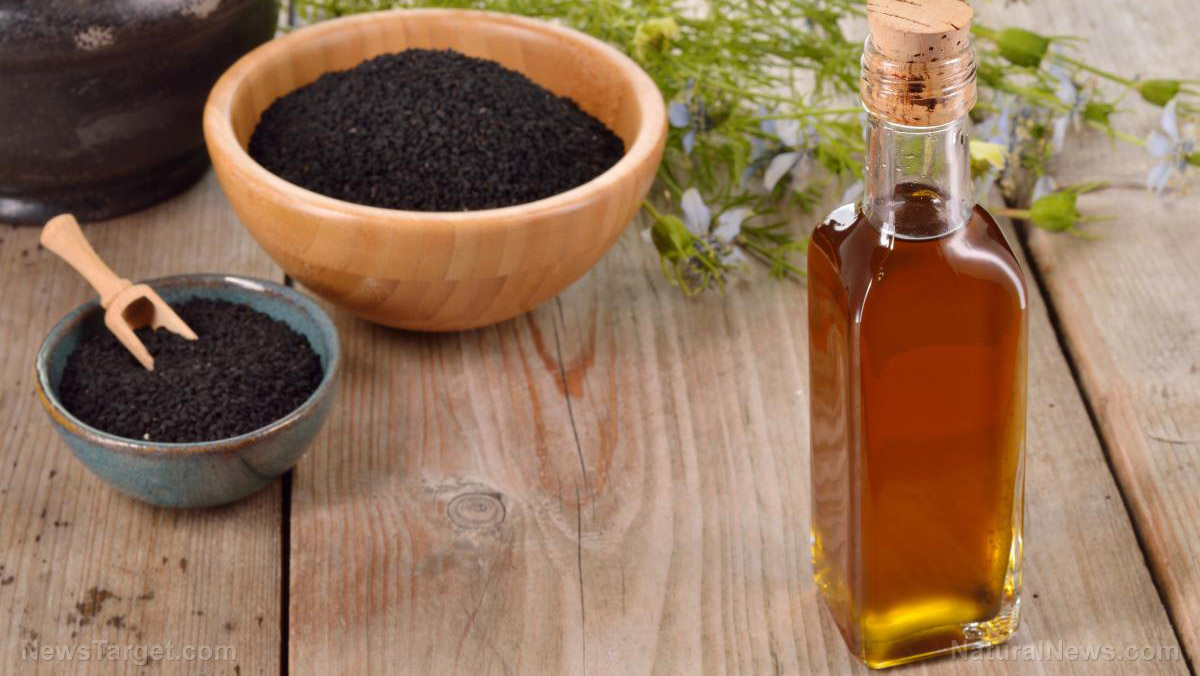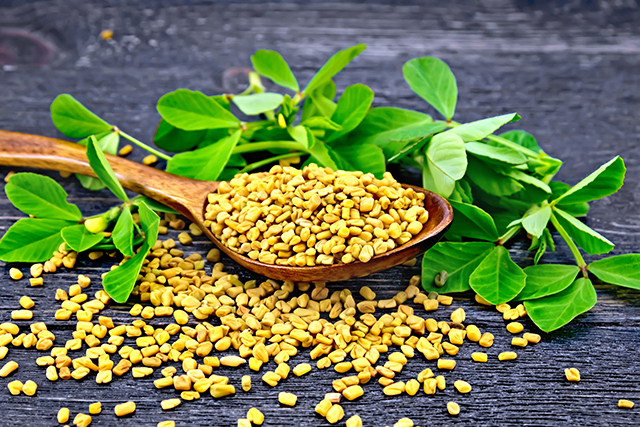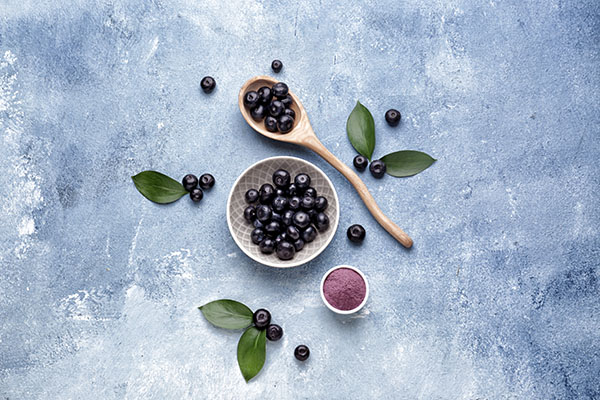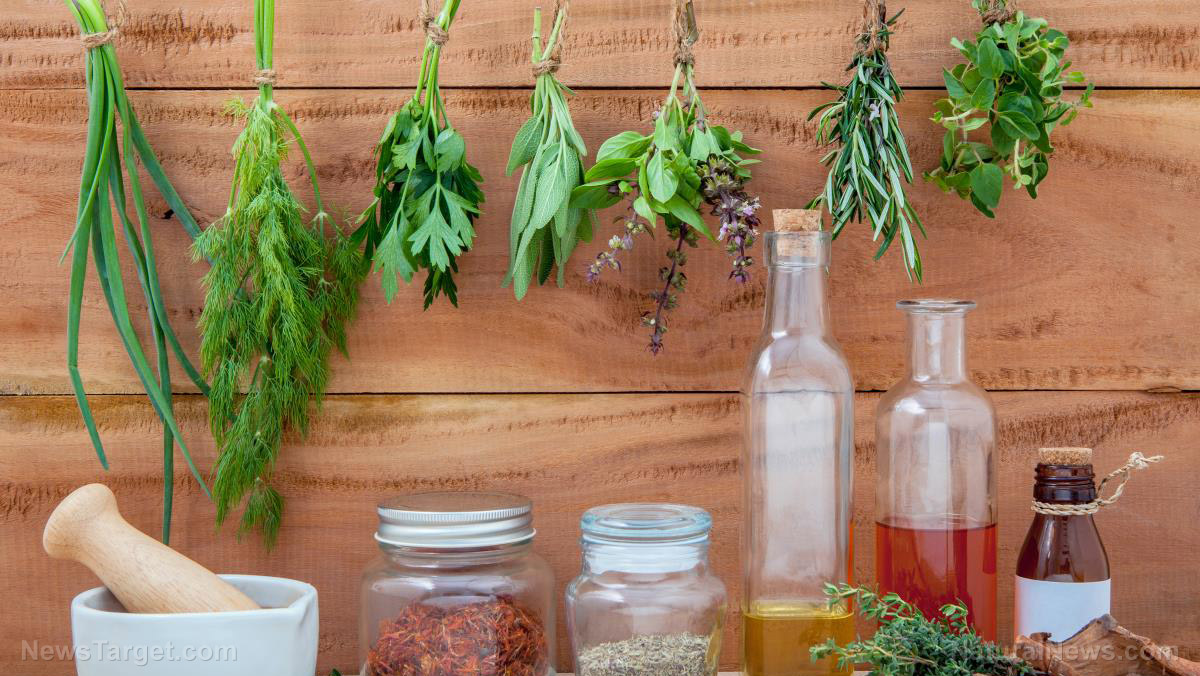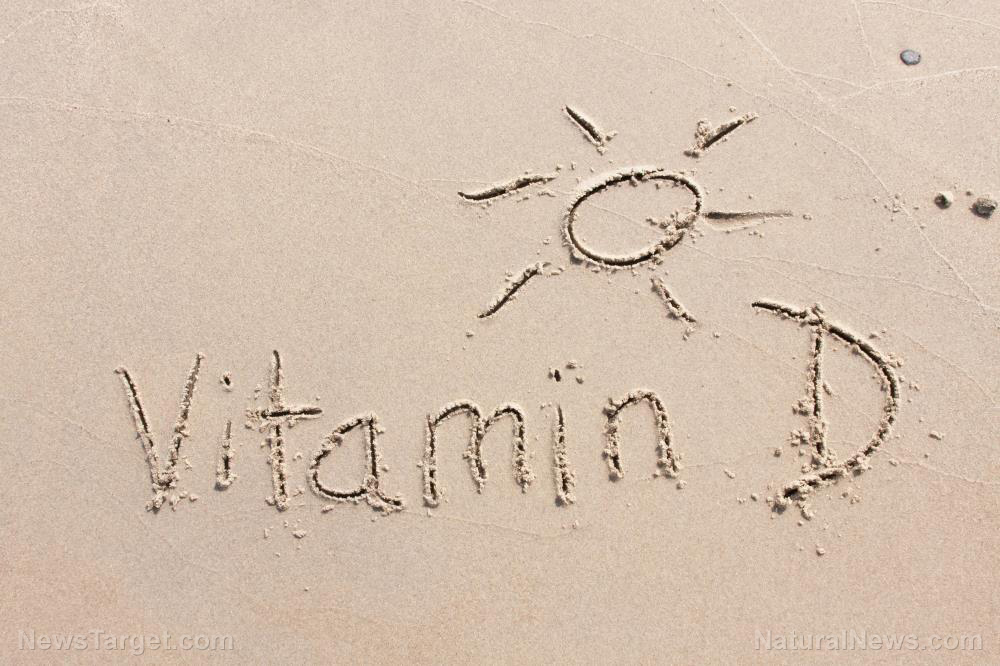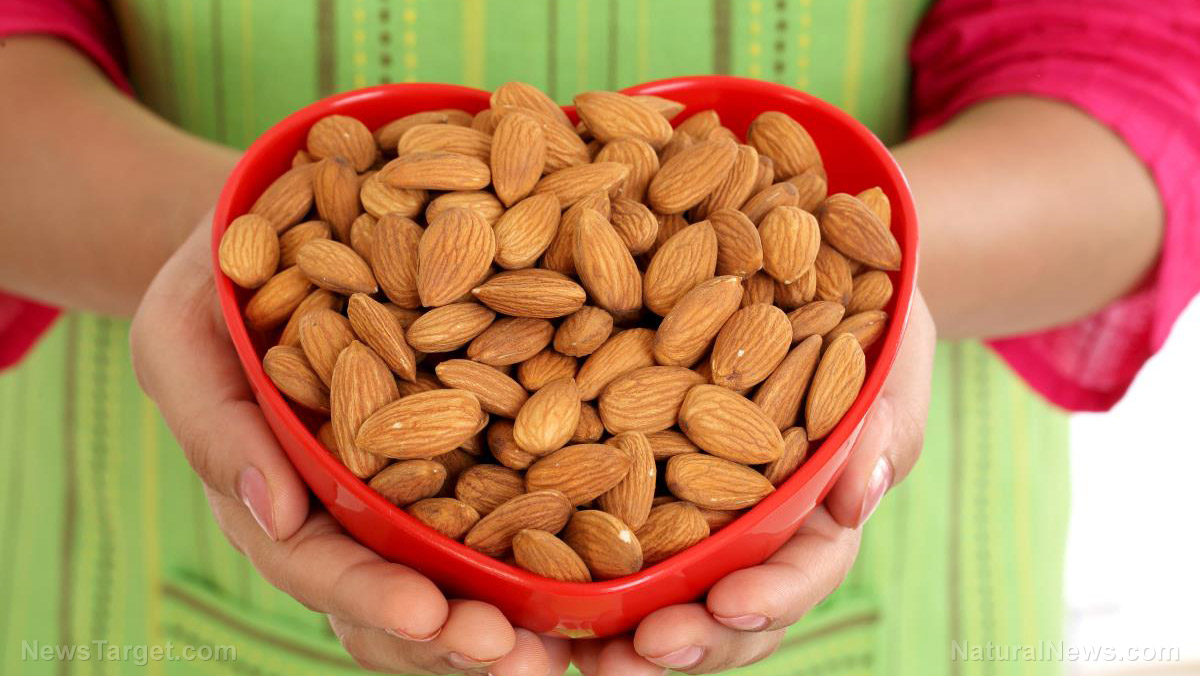Astaxanthin: The most powerful antioxidant from Mother Nature
06/01/2022 / By Olivia Cook
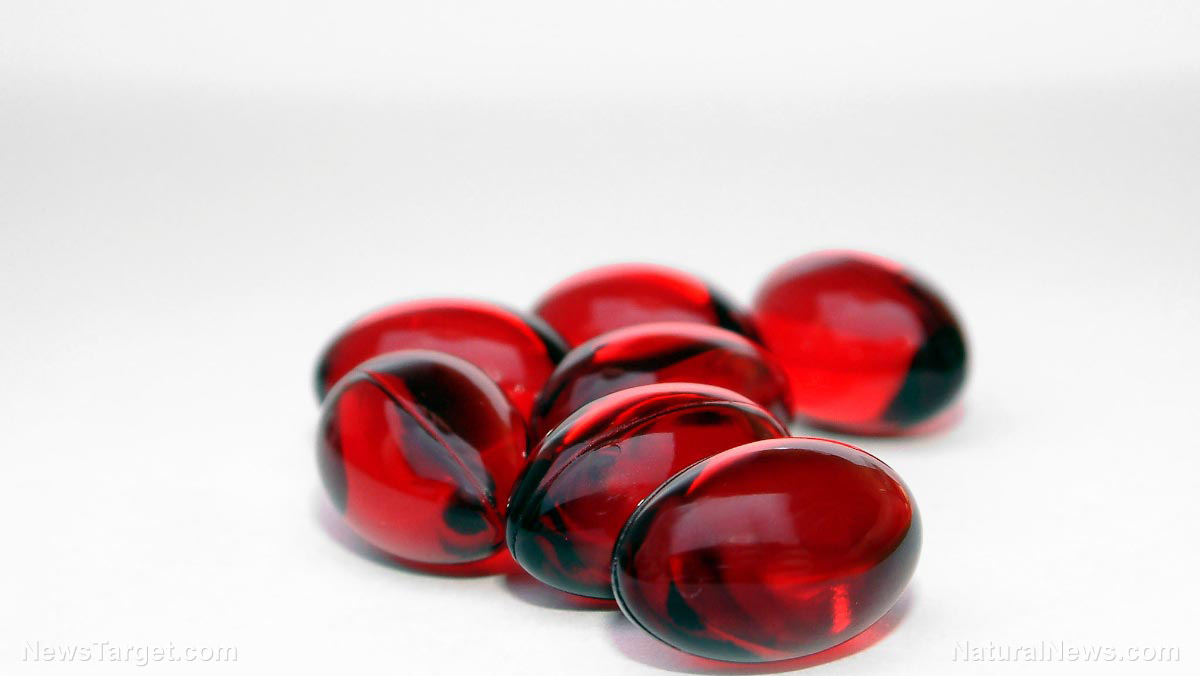
Astaxanthin is a xanthophyll carotenoid naturally found in various microorganisms, such as freshwater algae (Haematococcus pluvialis), the yeast fungus Xanthophyllocyces dendrorhous (also known as Phaffia), salmon, trout, krill, shrimp and crayfish.
Xanthophylls are a class of oxygen-containing carotenoid pigments responsible for the color of many of the yellow, orange and red hues of flowers, fruits, vegetables, egg yolks and feathers, shells or flesh of many animal species.
Carotenoids act as a type of antioxidant for humans and studies have shown them to provide health benefits in decreasing the risk of disease, particularly certain cancers and eye diseases. Unlike its carotenoid counterparts, astaxanthin does not act as a “pro-oxidant” at high concentrations. It is completely unmatched in its antioxidant and oxygen-quenching properties.
High concentrations of other carotenoids can turn against you by triggering the unwanted outcomes they are supposed to block, which include a cascade of oxidative reactions leading to protein unfolding and DNA damages, according to a study published in Pure and Applied Chemistry, the scientific journal of the International Union of Pure and Applied Chemistry (IUPAC).
According to a study published online by Cambridge University Press, astaxanthin has received increased scientific interest due to its potent antioxidant activity and possible anti-metabolic syndrome, anti-brain aging and anti-atopic dermatitis effects.
Comparative studies have shown that natural astaxanthin is one of the most powerful antioxidants in the world – 6,000 times more powerful than vitamin C; 3,000 times more potent than resveratrol and quercetin; 800 times better at singlet oxygen quenching than coenzyme Q10 (CoQ10); 500 times stronger than green tea catechins and vitamin E; 75 times stronger than alpha-lipoic acid; 54 times more effective at scavenging free radicals than beta-carotene; and 10 times more powerful than other antioxidant carotenoids, such as lutein, lycopene, alpha-tocopherols and zeaxanthin.
Astaxanthin is available in dosage forms as tablets, capsules, syrups, oils, soft gels, creams, biomass and granulated powders. According to a study published in Marine Drugs, astaxanthin used as a nutritional supplement, antioxidant and anticancer agent can help prevent diabetes, cardiovascular diseases and neurodegenerative disorders. This nutritional superstar also stimulates immunization.
Why astaxanthin is the go-to supplement for optimal health
Studies found that astaxanthin offers the following health benefits:
Supports immune health
A study published in Biomedicine & Pharmacotherapy reports that natural astaxanthin has a clinically proven safety profile and has antioxidant, anti-inflammatory and immunomodulatory properties. Evidence from pre-clinical studies supports natural astaxanthin’s preventive actions against acute lung injury (ALI) or acute respiratory distress syndrome (ARD). The study also reports the potential of natural astaxanthin in alleviating the risk of cytokine storm (an immunological complication) in the Wuhan coronavirus (COVID-19) disease. (Related: Boost your energy and immunity with astaxanthin.)
Supports healthy cognitive function
As an extremely potent scavenger of reactive oxygen species (ROS) and free radicals, recent scientific findings published in the Journal of Clinical Biochemistry and Nutrition demonstrate that natural astaxanthin can help support cognitive function in healthy elderly persons.
A study published in the British Journal of Nutrition found that astaxanthin reduces the accumulation of phospholipid hydroperoxides (harmful free radicals) in the blood by 50 percent in people who have dementia and Alzheimer’s disease. Based on the results of completed human trials, medical and nutritional experts suggest that astaxanthin supplementation results in improved erythrocyte antioxidant status and decreased phospholipid hydroperoxides (PLOOH) levels, which may contribute to the prevention of dementia.
Supports cardiovascular health
Astaxanthin is 800 times better at singlet oxygen quenching than CoQ10, which is most commonly used for conditions that affect the heart, such as heart failure and fluid build-up in the body.
A study published in Nutrients suggests that supplementation with astaxanthin is beneficial for cardiac function and/or exercise tolerance, particularly in subjects with enhanced oxidative stress like heart failure (HF) patients with left ventricular systolic dysfunction.
Supports skin health
More powerful than vitamin C and vitamin E, astaxanthin’s antioxidant, photoprotective and anti-inflammatory activities can help the skin respond to oxidative damage from environmental aggressors, such as sunlight, infrared radiation, air pollution, hot and cold temperatures and cigarette smoke.
Scientific evidence shows astaxanthin to inhibit free radical formation, calm inflammation in the skin in eczema and reduce the appearance of fine lines, wrinkles and hyperpigmentation. (Related: Boost your skin health with astaxanthin, a potent natural antioxidant.)
Human studies also show evidence that astaxanthin protects the skin against photooxidative damage. A study published in Experimental Dermatology shows protective effects of astaxanthin against ultraviolet (UV)-induced inflammation, thereby slowing down the death (apoptosis) in sunburn cells (keratinocytes). (Related: Astaxanthin naturally prevents sunburn.)
Supports eye health
Astaxanthin crosses the retinal blood barrier and protects the eyes from oxidative stress by neutralizing oxygen radical molecules. This natural wonder works with other eye health-supporting carotenoids, especially lutein and zeaxanthin.
Acting as an anti-inflammatory agent, astaxanthin weakens molecules that signal inflammatory triggers and increases the speed of ocular blood flow, allowing the blood to re-oxygenate the tissues of the retina and eyeball and clear out toxins and waste more efficiently.
A study published in Marine Drugs provides clinical applications of astaxanthin’s antioxidant and anti-inflammatory activities that may support the prevention or alleviation of symptoms of age-related eye diseases, such as macular degeneration, glaucoma, cataract, diabetic retinopathy, presbyopia (loss of ability to see close objects or small print), floaters and flashers (tiny spots or specks that float across the field of vision) dry eyes (keratoconjunctivitis sicca), tearing (epiphora) and others.
Supports musculoskeletal health
A study published in the Journal of Cachexia, Sarcopenia and Muscle shows that functional exercises plus astaxanthin formulation with natural anti-inflammatory and antioxidant compounds can improve endurance, strength and function to remedy the deficits associated with sarcopenia that limit mobility in the elderly. (Related: Astaxanthin may counter the effects of sarcopenia in the elderly.)
Astaxanthin is best taken during or after a meal because it is best assimilated in the presence of lipids. When used topically, astaxanthin’s side effects are minimal. Before taking astaxanthin, consult with a natural health practitioner to learn about proper dosage and possible interactions with any medication you’re taking.
Learn more about the health benefits of astaxanthin at Antioxidants.news.
Watch the video below to learn more about astaxanthin, Mother Nature’s most powerful antioxidant.
This video is from the Holistic Herbalist channel on Brighteon.com.
More related stories:
Astaxanthin is a top natural anti-inflammatory.
Boost your skin health with astaxanthin, a potent natural antioxidant.
Fight the signs of aging by taking astaxanthin.
Sources include:
Submit a correction >>
Tagged Under:
alternative medicine, anti-inflammatory, antioxidant, astaxanthin, brain health, carotenoids, cognitive health, eye health, health science, heart health, immune system, natural health, natural medicine, phytonutrient, prevention, skin health, supplement
This article may contain statements that reflect the opinion of the author
RECENT NEWS & ARTICLES
Natural.News is a fact-based public education website published by Natural News Features, LLC.
All content copyright © 2018 by Natural News Features, LLC.
Contact Us with Tips or Corrections
All trademarks, registered trademarks and servicemarks mentioned on this site are the property of their respective owners.



